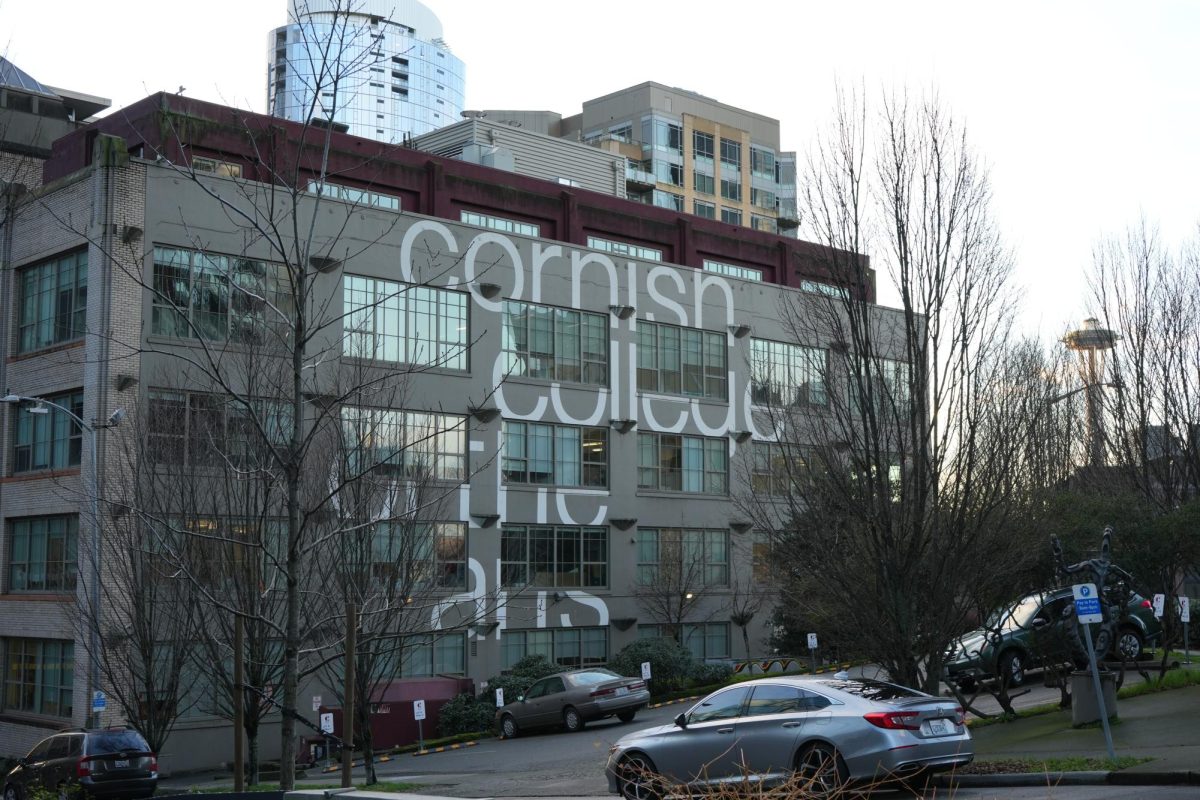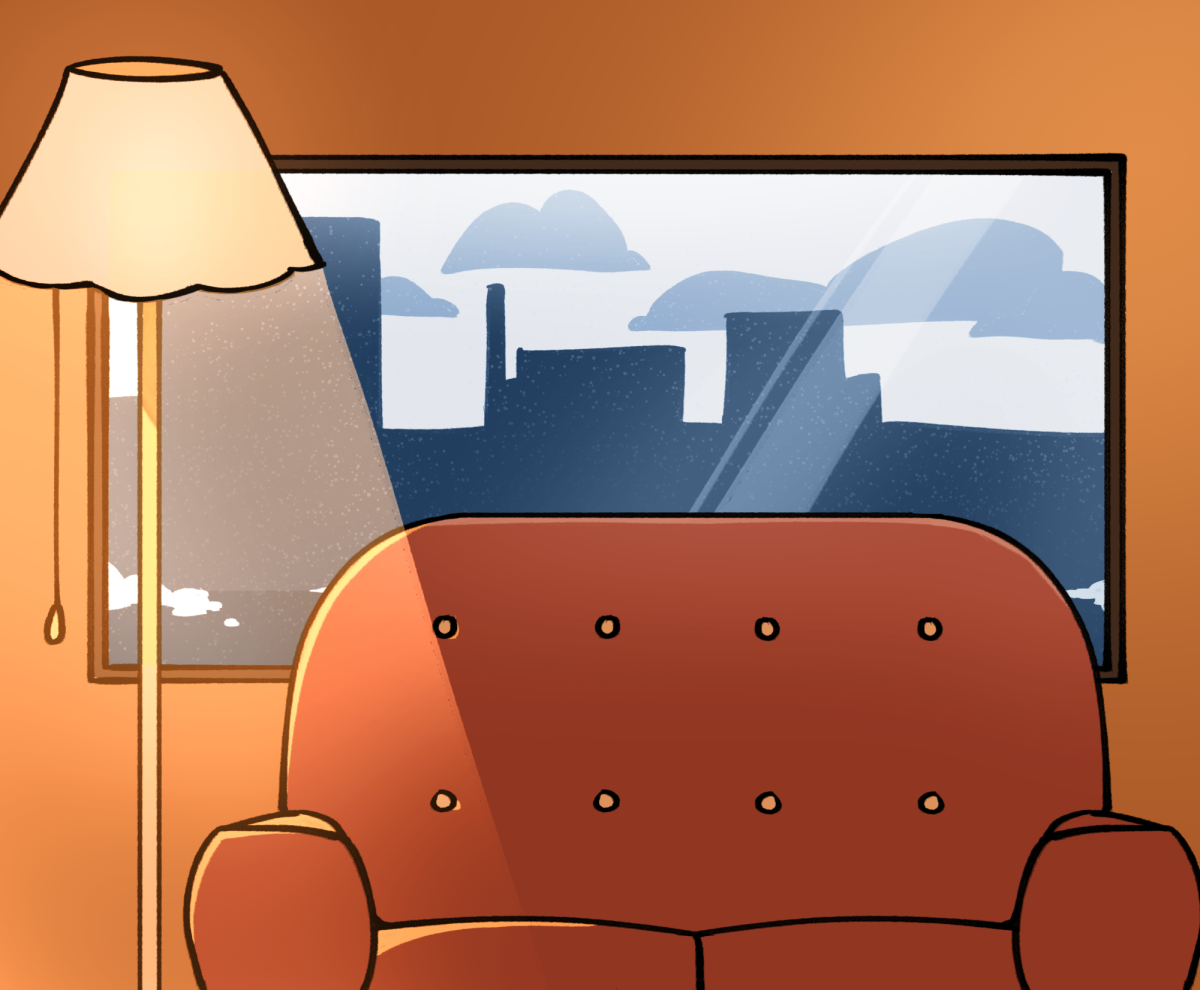Near the close of the 2025 spring quarter, Seattle arts conservatory Cornish College of the Arts will become Cornish College of the Arts at Seattle University (CCA@SU). The two schools have officially signed a deal to join together after announcing their intent to do so back in December.
As with the last time The Spectator checked in on this major enhancement of Seattle U’s arts educational offerings, there are a lot of unknowns. The process of combining a secular arts conservatory that offers Bachelor’s of Fine Arts (BFA) degrees with a Jesuit liberal arts college is complicated. But with the ink dry on an official deal, more aspects of this change are coming into focus.
The deal has been signed as an asset contribution, which involves Cornish closing as an independent institution and donating all of its assets to Seattle U. Significantly, Cornish’s staff and faculty are being laid off and will have to reapply for their jobs at CCA@SU. All hiring decisions will be made by the end of May, and Seattle U’s HR integration team expects to rehire most Cornish faculty and staff.
A spokesperson for Seattle U’s Office of University Counsel shed some light on why an asset contribution is the best path for the two schools to join.
“The path toward Department of Education approval is significantly simpler under an asset contribution structure. If Cornish and Seattle University attempted a true legal merger, the two schools would have been subject to two successive post-transaction approval steps, the timeline for which could have threatened the success of the entire project,” they wrote in an email to The Spectator.
The deal is largely motivated by Cornish’s precarious financial position. The school is struggling with falling enrollment, and whispers of debt circulated for years in the ears of staff and students.
“I was not surprised that Cornish was kind of getting bought out. I had picked up on some hints about Cornish possibly going under,” Sabrina Peterson, a fourth-year fine arts major at Cornish, said.
Peterson noticed tuition increases and the sale of Kerry Hall, a dance building that Cornish sold November 2024. Similarly, Rachel Brinn, a department coordinator at Cornish and member of staff union OPEIU 8, worked at the school for eight years and was aware of fiscal challenges.
“Since I started, we’ve been hearing about what financial strain Cornish is in. That’s never been a secret,” Brinn said.
Now that Cornish is officially falling under the Redhawk umbrella, students will graduate with a diploma that says “Cornish College of the Arts at Seattle University.” The name represents an important stipulation of the deal that ensures the Cornish name lives on. This diploma will be given to all future graduates except the current fourth-year class, which Peterson is a part of.
“I’m not gonna lie, it’s kind of bittersweet. I feel grateful to be a part of the class because Cornish was and still is such a huge name for the Seattle area,” Peterson said. “I would have loved to have it on my record that I graduated from Seattle U/Cornish, that would have been cool too.”
Peterson’s diploma will just say Cornish College of the Arts, as the Cornish class of 2025’s commencement is set for May 5, while the deal closes on May 31.
Students remaining at Cornish will receive the opportunity to continue their education as it was listed in the course catalog they enrolled under, referred to as a “teach-out.” Cornish will remain on a semester system as integration progresses. The Office of the Provost shared with The Spectator future hopes for Cornish students to take classes in the University Core program.
“Later down the line, when our academic programs are fully integrated, CCA@SU students will be able to take the Seattle University’s Core Curriculum, just as [current Seattle U students] do!” the Office of the Provost wrote.
Currently, federal regulatory requirements prevent enrolling in classes across different academic calendars. Neither current Seattle U students nor current Cornish students will be able to enroll in classes at the other school as the university works through the complex integration.
One impact of the firing of all Cornish faculty and staff is that the seven unions at Cornish will be shutting down. The Spectator previously reported that successor clauses in some of the Cornish collective bargaining agreements could have represented a path to unionization for current Seattle U staff. But, the structure of the current deal means none of the Cornish unions will continue on to the school’s new phase.
For Brinn, this represents an inevitable but unfortunate end to a movement that she and others invested time in.
“I was part of the union organizing committee and now… we’re coming up on two years of being in existence. But we worked really hard to get that,” Brinn said. “I think we all saw the writing on the wall, where none of us were surprised that our union would not be able to continue.”
When speaking to Cornish students, one thing is apparent: they are fiercely proud of their school and the things that make it Cornish. Many Cornish students are not opposed to joining Seattle U if it means their college continues, but protecting the unique aspects of the school through any consolidation is at the forefront of everyone’s mind.
First, Cornish is one of the few arts conservatories in the area. Maya Hernandez, a first-year dance major at Cornish, danced at Kerry Hall before coming to Cornish, and cited the city’s dance scene as a motivating factor for them to attend. Hernandez and Peterson are both from Washington, and Cornish provided a way for local students to get a BFA.
“I always wanted to go to Seattle Art Institute but then they shut down, and when I was applying for schools I really did want to stay local… Cornish was the number one school that kept popping up in all of my recommendations,” Peterson said.
Another defining factor of Cornish is its unique academic environment that focuses on creativity, distinct from liberal arts universities like Seattle U. Pidge Pasqualle, a second-year fine arts major at Cornish, benefits from the school’s support for different styles of learning.
“I needed a place where my specific learning styles would be supported. A lot of that is that, for me, I need things that are a little bit more creative oriented and less academics oriented,” Pasqualle said.
The process of integrating the two colleges’ curricula is in the early stages. But Naomi Hume, an associate professor of art history at Seattle U, already recognized the benefits of unique Cornish facilities like their fabrication lab on a visual arts faculty field trip to Cornish.
One cultural shift from Cornish to Seattle U is the role of religion in influencing curriculum, resources and opportunities on campus. The Jesuit character of Seattle U is at the core of its identity, inextricable from the experience of being a Seattle U student. Bea Williams, a first-year musical theater major at Cornish, indicated that a major source of Cornish student discourse about the deal has centered around Seattle U’s relationship to Catholicism.
“I know personally a couple of people who left Cornish after the fall term, they dropped out of Cornish because they didn’t want to merge with a Jesuit college,” Williams said.
Peterson also knew students who dropped out as a result of the merger. The choice to remain at Cornish is the right fit for Williams, though attending a Jesuit university was unexpected.
“[A Jesuit school] is not something I ever would have chosen for myself. Preschool through graduation, I went to private Christian schools, and I kind of thought I was going to be done with that,” Williams said.
Hernandez noted that a lot of Cornish students are people of color or members of the LGBTQ+ community, who might be concerned at the thought of attending a Jesuit, Catholic university without signing up for it, given Catholicism’s tumultuous history with race and sexuality. However, Hernandez said she was not worried about joining a Jesuit university.
Senior Vice Provost for Academic and Student Affairs Tammy Herdener wrote to The Spectator that the university will support students of all or no religious background transitioning into the Seattle U community.
“When Cornish students become CCA@SU students, they will find a community that values holistic development, critical inquiry, and the celebration of individual identity. Our faculty and staff are dedicated to creating inclusive classroom and co-curricular spaces where all students feel seen, supported, and empowered to thrive,” Herdener wrote.
Students, faculty, staff and administration hope that the deal will live up to Seattle U President Eduardo Peñalver’s original vision that “one plus one equals three.”
Peterson, Hernandez and Williams listed several resources they look forward to Cornish students being able to access: expanded student health offerings, opportunities to take business and other expanded classes and access to kinesiology resources for dance.
Janet Hayatshahi, an assistant professor in the theatre program at Seattle U, has been involved in previous curriculum revisions and is ready to face the challenge of merging the two theatre programs.
“There is not one person inside of our departments here that doesn’t think that Cornish is magic. And how to preserve that magic and make it be the brightest version of itself is what my intention is,” Hayatshahi said. “Having a merger like this happen protects that magical place from not going away… I think that is imperative for our community.”
Each of the schools has a robust theatre program, and merging faculty to create one program will be tricky. Hayatshahi hopes the deal will create a robust, well-enrolled program that keeps everyone busy.
“I don’t want to lose colleagues on either side. Who would? That would be a detriment to both spaces, and so all I can do right now is to dream big… and build an awesome program for our industry,” Hayatshahi said.
Students at Cornish, like Pasqualle, are happy to see the legacy of their school and founder Nellie Cornish continue on, even as the slow rollout of information has been difficult.
“Despite the communication, we all want to see the merger go through. It would be more devastating, I think, to lose Cornish entirely,” Pasqualle said.
Some specifics of this deal—who will keep their jobs, what opportunities students will gain—will play out over the coming months and years. It’s too soon to know what Cornish College of the Arts at Seattle University will look like and how its students will contribute to the Seattle U community at large.
But Cornish remains a special place, and Seattle U is a platform for Cornish to continue to create community and creative excellence amongst students. Years from now, maybe The Spectator will take the shuttle bus down to South Lake Union to distribute copies of the week’s paper—news from both campuses on the front page.








